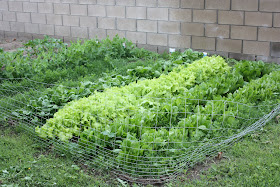The edible portion of the hemp plant is the seed, and this part of the plant packs a nutritional punch.
- Hemp seed oil is a rich source of polyunsaturated fatty acids, especially the essential omega-3 (alpha-linolenic acid) and omega-6 (linoleic) fatty acids, which cannot be made in the body and must be supplied by food. Alpha-linolenic fatty acid serves as the parent compound for the formation of two other important fatty acids in the body, EPA and DHA, and these serve as precursors to anti-inflammatory and anti-atherogenic (anti-plaque forming) compounds that may be important in preventing heart disease and other inflammatory-related disorders. While fish and fish oils offer the most direct and abundant sources of EPA and DHA, plant-based products offer an alternative source of omega-3 fatty acids, especially for those who are vegetarian or otherwise concerned about fish consumption. Consumption of omega-6 fatty acids also have beneficial effects on heart health, especially when used in place of saturated fats.
- Hemp seeds also offer a healthful source of easily digested plant-based protein. Another plus for vegetarians!
- Hemp seeds are also a source of other important nutrients, including dietary fiber, iron, magnesium, vitamin E, thiamin, and riboflavin.
- For those who are lactose intolerant or allergic to dairy products, hemp "milk" fortified with calcium and vitamin D offers an alternative to cow's milk (though it doesn't contain as much protein as cow's milk cup for cup). The "milks" are also often times fortified with Vitamin B12. A plus for vegans looking for fortified sources of B12.
- If you have celiac disease, gluten sensitivity, or are otherwise avoiding gluten-containing foods, hemp seeds are gluten-free. However, read labels carefully as some hemp food products (i.e., hemp flour, cereal, etc.) may include gluten-containing ingredients.
Happy Tasting!



